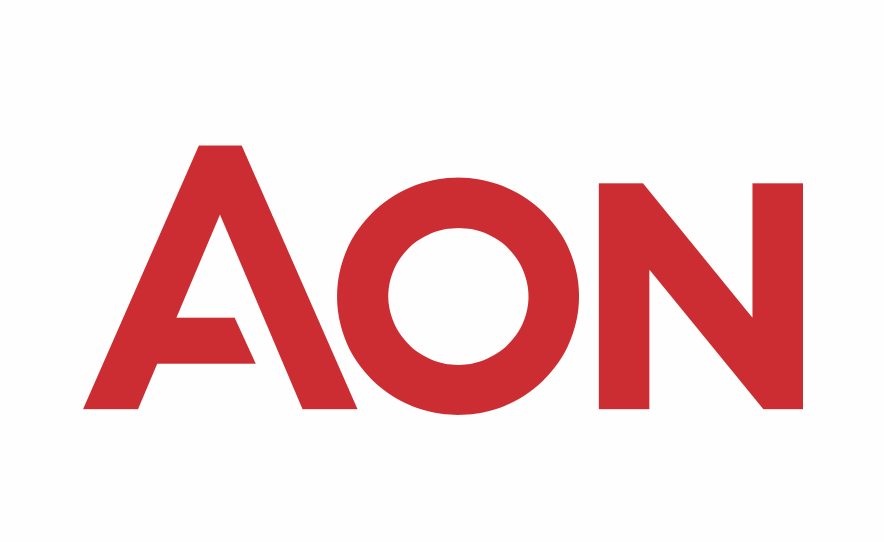Buyer-friendly market opens opportunities for year-end renewals: Aon’s Peiser
- July 15, 2025
- Posted by: Kassandra Jimenez-Sanchez
- Category: Insurance

Buyer-friendly conditions in the global insurance market have persisted through much of the third quarter of 2024, and even accelerated in some segments, creating opportunities as the year-end renewals draw near, Joe Peiser, Chief Executive Officer Commercial Risk Solutions, Aon, has noted.
Insurer confidence and growth appetite have been restored over the year, thanks to healthy returns and improved reinsurance conditions. This has helped to drive competition, particularly for the most attractive risks.
Peiser anticipates positive year-end renewals, he stated: “Abundant capacity has led to improved pricing and terms across wider swaths of the market. For example, well-performing Property risks are increasingly oversubscribed and modest price reductions are available, while many clients are choosing to take advantage of favourable Cyber market pricing by purchasing additional limit. Competition for these and other preferred risk types is expected to accelerate in a growth focused Q4 market.”
Despite the market becoming more buyer-friendly, underwriting remains disciplined for the time being, the executive highlighted.
He added: “The mantra among insurers has been “profitable growth” and, for the most part, underwriters continue to be selective and focused on well-managed quality risks. This means that challenges are continuing across significant pockets of the market that have been impacted by rising claims costs, such as natural catastrophe exposed Property risks, Automobile placements, and U.S. exposed Casualty risks.”
Casualty insurers remain cautious, Peiser also noted. Social inflation continues to impact insurer profits and strategies, with U.S. risk, the epicentre of social inflation, as a top underwriting and pricing concern around the world.
“According to the Swiss Re Institute, social inflation has increased liability claims in the U.S. by 57 percent in the past decade,” Peiser explained. “Until there is robust legal reform in the U.S., we expect that insurers will continue to tread carefully in tort exposed lines.”
He continued: “Casualty insurers are also taking a prudent approach to emerging risks, such as forever chemicals (per- and polyfluoroalkyl substances (PFAS)) and everywhere chemicals (Phthalates). Settlements from PFAS litigation in the U.S. have already reached $18 billion and are expected to exceed $100 billion, according to Verisk.
“As related litigation gains momentum, insurers are seeking to address these exposures through coverage clarifications and exclusions.”
With insurers prioritising growth in this landscape, now is a good time for businesses to proactively address any concerns with their existing insurance programs and explore potential enhancements, Peiser advised.
This includes considering alternative risk transfer options like parametric solutions and captives, which have become increasingly valuable tools for risk managers.
These solutions not only help companies insure their risks and manage volatility but also play a crucial role in protecting their balance sheets and establishing a foundation for growth.
With a growth-oriented mindset, insurers are now more open to discussions about meeting clients’ future coverage needs, particularly in areas like energy transition.
Peiser concluded: “A final word of caution: with the market in flux, it pays to consider the long-term value of insurer relationships. We always recommend working with trusted partners who understand your risks, have a proven track record of paying claims and are willing to customise coverage.
“Maintaining strong relationships with insurers is key to managing the market cycle over the long term and we suggest pressure-testing the sustainability of offerings from new or opportunistic insurers, particularly if replacing a long-standing insurer.”
Regarding the the impact of Hurricane Milton, the executive stated that Aon is still reviewing the very preliminary assessments. According to Peiser, “early estimates are in the $25 – $40 billion range, which is significant, but not a doomsday scenario.”
He added: “At that level, the event should be manageable for the insurance and reinsurance industry as a whole. No doubt, some domestic Florida insurers will face jeopardy. It seems unlikely that the reinsurance rate reductions that were expected for the January 1 Treaty Renewal season will materialize.”
This website states: The content on this site is sourced from the internet. If there is any infringement, please contact us and we will handle it promptly.



